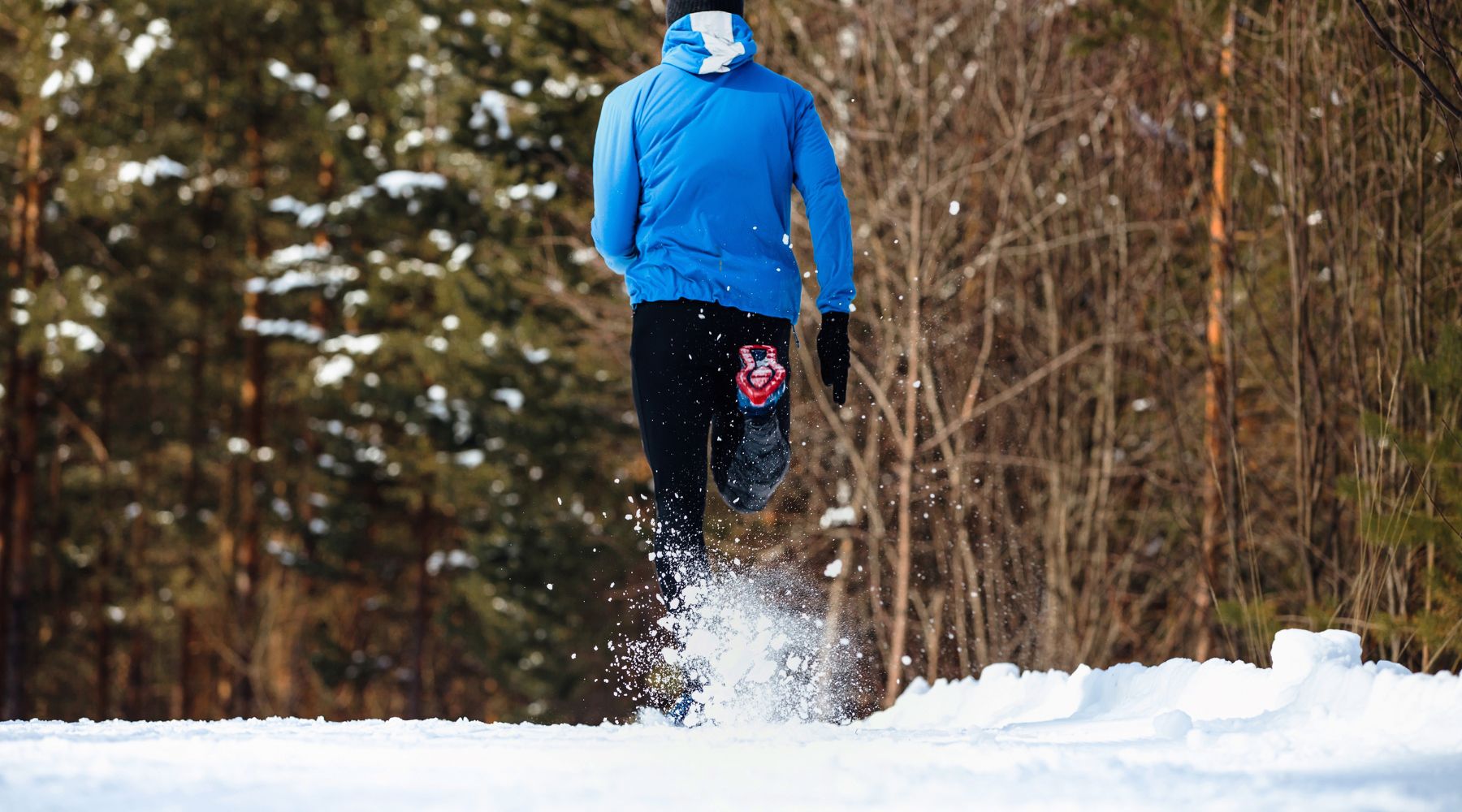Each week, OMRF Vice President of Research Dr. Rod McEver opens “Adam’s Journal” to answer a medical question from Adam Cohen, OMRF’s senior vice president & general counsel.
Adam’s Journal
I recently returned from Minnesota, where the mercury dipped into the single digits, and winds made it feel even chillier. The freezing temperatures dissuaded me from heading out for a jog. Can it be too frigid to exercise, or did I just find a convenient excuse?
Dr. McEver Prescribes
The idea that extreme cold can be safe for working out runs contrary to conventional wisdom. Yet, according to the American College of Sports Medicine, so long as you dress appropriately, you can exercise safely in just about any cold-weather environment.
“The big question was, ‘Is it ever too cold?’” said the lead author of the group’s position paper on the topic. “The answer is no. People go to the poles, people are safe out there when it’s minus-50 degrees, people do incredible things, and safely. There really isn’t a point where you can tell people it is not safe anymore.”
While some may worry that cold air will damage the lungs, it will not. Regardless of air temperature, by the time it reaches your lungs, the air has warmed to body temperature.
Similarly, while people with asthma and coronary artery disease should use caution and be mindful of symptoms, both groups can exercise safely in the cold. Most experts agree that dryness of the air, not temperature, is the main factor in triggering exercise-induced asthma.
In the cold, hypothermia and frostbite can be hazards. The key to avoiding hypothermia is to keep moving and to dress appropriately. Indeed, many make the mistake of overdressing, with excess sweating actually increasing the risk of hypothermia when perspiration cools.
For frostbite, the danger grows most acute at extreme temperatures: The College of Sports Medicine urges particular caution at wind-chill temperatures below minus-18 degrees Fahrenheit. While that’s not a mark we often see in Oklahoma, be sure to keep your hands and face protected from any sub-zero temperatures. If your skin starts to hurt, head inside.
Of course, there’s no shame in hitting the gym or the treadmill that’s currently doubling as a clothes hanger. Just don’t let winter send your fitness into hibernation.
–
Do you have a health query for Dr. McEver? Email contact@omrf.org and your question may be answered in a future column!



